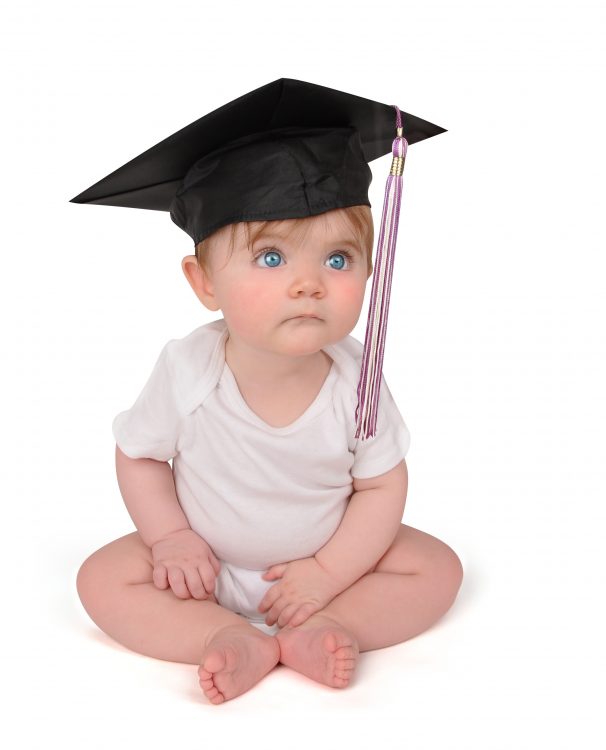Maggie in the Media, Parenting Ideas Magazine
Expectations vs Real Life

Recently I read an article on The Conversation about labels, written by postdoctoral research fellow at Victoria University Vicki Plows.
In it she talked about the positive impacts of labelling children (i.e. a label can help us understand why we might feel a certain way; or get a child support that they otherwise might not have found or have access to). She also writes about the negative impacts, such as bullying and marginalisation.
Labels can become self-fulfilling prophecies and a negative label can disguise the natural strengths of our precious children.
If we tell a child she’s “clumsy” then she is very likely to notice every time she drops something or trips, but she probably won’t notice all the times she didn’t. She may also get so nervous about being clumsy every time she negotiates something tricky that she becomes far more accident-prone.
If we label a child “shy”, for example, he is likely to live up to that expectation and maybe if he’s feeling exuberant some time, he might hold back, thinking “No, I’m shy, I wouldn’t do that”.
To make this issue even more complex, what if that boy isn’t “shy” but rather suffers from “selective mutism”, which is a childhood anxiety disorder that finds people unable to speak in certain situations?
It is important for us to not be too casual in labelling our children at either end of the label spectrum because we can miss seeing the whole picture.
I think a lot of what lies behind labelling comes from our own expectations of children, and of ourselves as parents.
Expectations are really interesting things when you think about them. Quite often we don’t even know that we consciously have expectations and yet we behave in accordance with them all the time.
I remember reading a fabulous article once written by the mother of a boy who was diagnosed with autism. She had written a poem and it captured the expectation that she’d had before she fell pregnant. Simply put, she thought she was “going on a holiday to Hawaii however, she ended up going on a holiday to Holland”. In other words, she had expectations of a perfectly healthy, “normal” baby and when the reality came, she needed to adjust her expectations.
The same goes for young children’s behaviour to a point. We often set the bar way too high given that babies, toddlers and children are a work in progress.
According to developmental psychologist Dr Gordon Neufeld 90% of childhood misbehaviour can be attributed to the developmental journey.
An inconvenient truth
Our little ones are learning all the time to work out the right ways to meet our expectations and with underdeveloped brains, poor impulse control and an innocent seeking system that yearns to experience life as it comes – so much of their behaviour is unintentionally inconvenient.
If we see their process of growth through this lens rather than one that says ‘my way or the highway’, maybe our children will be able to work out the right ways of being without feeling shamed or unloved!
Essentially this means that children’s behaviour when it does not meet our expectations is not so much wrong or bad it is mainly about children being children, with a child’s mind and depth of experience.
If a child’s behaviour is inconvenient to us as an adult, it too is not bad or wrong it is merely a normal part of the developmental journey of a child growing to be an adult. Next time if you’re frustrated and angry about your child’s behaviour, pause, take a deep breath and see if you can view that behaviour through the eyes of a child.
When they smear their food all over the wall this does not have to be seen as bad or wrong, merely as a child using their senses to find meaning in their world. When they use your best lipstick to draw you a beautiful picture on the wall – again they are not wrong or bad. Indeed there was a study that came out late last year that suggested that children who played with their food in the high chair tended to become smarter!
This is not to say we don’t guide our children towards behaviour that might reasonably be expected of them. It’s fine to get their help in cleaning the food or lipstick off the walls and then showing them where you’d like them to draw. It’s just about knowing why they might have done that.
Image credit: ©️ HaywireMedia /Adobe Stock – stock.adobe.com




 Manage Membership
Manage Membership